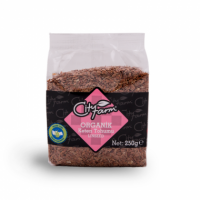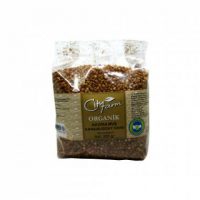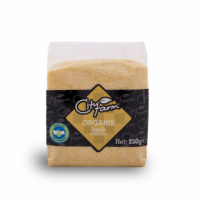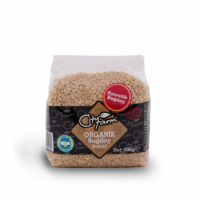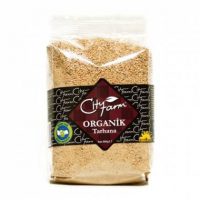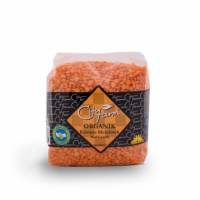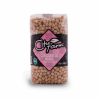CityFarm Organic Chickpeas, 35.27oz – 1000g
$19.49
Although it is mainly consumed in winter, chickpeas are a heat-loving legume that is cultivated under hot weather conditions. It grows abundantly in Europe, Africa, and Mediterranean countries. – 100 grams of chickpeas are 364 calories and contain 61 grams of carbohydrate, 19 grams of protein, 6 grams of fat – Vitamins A, C, E, K, and B, as well as phosphorus, potassium, calcium, iron, and magnesium It contains minerals. – It is the chickpea with the highest protein among the legumes and provides the protein that the body needs in a large proportion. Helps in organizing. A bowl of chickpeas contains approximately 12.5 grams of fiber. – The abundant amount of manganese contained in it helps to protect skin health. – Chickpeas are a natural source of phytoestrogens.
Chickpea consumption is very beneficial especially for women who experience fluctuations in estrogen during menopause. – It has an increasing effect on breast milk. – In order for chickpeas to be cooked as food, it should be left in drinking water the night before, so that the substances that are not digested by the stomach pass into the water. While cooking, this water should be poured and freshwater should be used.
Brand
City Farm
All the orders are shipped from Turkey via DHL. We are happy to work with a well-known shipping company.
We ship worldwide by DHL and we will inform your tracking number immediately after your order is shipped.
The preparation time is between one to four working days. The preparation time may be longer for hand made products. Those products are specifically produced for you and it is generally 7 days. If it is longer than 7 days, the details can be found in the description section of the product page.
There are two options for delivery. The first one is DHL Express and it is the faster option. Your order will be at your shipping address between 1 day to 7 days. Details are listed at the bottom. The second option is Normal shipping. Delivery time takes between 25 days to 30 days for Normal shipping. If you are not in a hurry you can always prefer this method.The shipping cost is calculated by the total price of your order. If your cart total is greater, the shipping cost will be lesser. You will earn free shipping when your order total is over 100$.
Estimated delivery times for DHL Express Shipping:
- UK: 1-3 days
- Europe: 1-3 days
- U.S.A and Canada: 2-4 days
- Middle East: 2-4 days
- South America: 2-5 days
- Rest of the World: 2-7 days
Estimated delivery times for Normal Shipping:
- All over the World: 25-30 days
For more information about our delivery service please check here.


